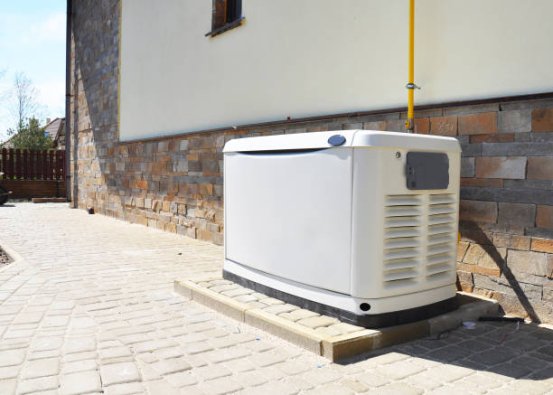A dependable backup power source can make outages far less disruptive. Generators provide electricity when the grid goes down due to storms, technical failures, or scheduled maintenance. With options ranging from portable models to permanent standby systems, selecting the right generator depends on your energy requirements, installation factors, and long-term use considerations.

What Makes an Effective Home Backup Power Generator?
Home backup generators come in multiple forms to fit different households and budgets. Standby units detect outages automatically and restore power within seconds, ensuring uninterrupted operation of essential systems. Portable models are more affordable and versatile but must be set up manually during an outage. An effective generator balances wattage output with the critical appliances and systems you want to keep running.
Key factors to review when choosing include:
-
Total wattage needs of essential appliances
-
Fuel type and local availability (natural gas, propane, diesel, gasoline)
-
Noise levels and compliance with neighborhood regulations
-
Operating time per tank or fuel connection
-
Startup method (manual or automatic)
How Generator Systems with Battery Storage Operate
Hybrid systems that combine generators with battery storage are a modern advancement in backup power. These solutions are more efficient and eco-friendly compared to conventional generators that must run continuously. They can:
-
Store surplus power for later use
-
Deliver immediate electricity before the generator activates
-
Allow the generator to function at peak efficiency
-
Reduce fuel usage and emissions
In practice, the generator charges a battery bank that powers the home. Once battery levels drop, the generator automatically starts to recharge them. This method limits generator run time, conserves fuel, and still guarantees continuous electricity.
Installing Standby Generators for Residential Use
Because of their complexity, standby generators require professional setup. The process usually includes:
-
Preparing the site and laying a concrete base
-
Placement according to building codes (often 5–7 feet from structures)
-
Installing a transfer switch to link the generator safely to the home’s electrical system
-
Connecting natural gas or propane lines
-
Wiring and control setup
-
Final testing and commissioning
Most home standby models range from 7kW to 22kW, with larger versions covering entire houses. Placement must provide ventilation, easy maintenance access, and compliance with local sound rules.
Comparing Generator Types for Different Power Needs
| Generator Type | Power Output | Fuel Type | Best For | Approx. Cost Range |
| Portable Generators | 3kW–10kW | Gasoline, Propane | Basic backup, camping, RVs | $500–$2,000 |
| Inverter Generators | 2kW–7kW | Gasoline, Propane | Sensitive devices, quiet use | $1,000–$4,000 |
| Home Standby Generators | 7kW–24kW | Natural Gas, Propane, Diesel | Whole-house, automatic operation | $3,000–$15,000+ |
| Generator + Battery Systems | Variable | Multiple + Battery | Efficient, reduced runtime | $10,000–$20,000+ |
Note: Costs are based on the latest data and may change. Independent research is advised before making financial commitments.
Maintenance Needs for Long-Term Reliability
Ongoing care ensures your generator works when emergencies arise. Common tasks include:
-
Monthly test runs (often automated in newer units)
-
Oil and filter replacements every 50–200 hours
-
Air filter checks and replacements
-
Spark plug inspections
-
Battery maintenance and testing
-
Annual professional servicing
-
Fuel system upkeep, especially for gasoline units
Battery-based systems require added maintenance, including checking battery condition and charging cycles. Manufacturers typically recommend yearly service, with more frequent checks for outage-prone areas.
Balancing Cost and Capability in Generator Selection
Striking the right balance between affordability and functionality is crucial. Portable generators have the lowest entry cost but offer limited power and require manual handling. Standby units cost more upfront yet provide convenience and comprehensive coverage.
Total ownership costs—including purchase, installation, fuel, and ongoing service—offer the clearest picture. Hybrid generator-battery setups often involve higher initial spending but achieve long-term savings by cutting fuel use and improving efficiency.
When deciding, think beyond immediate needs. Future household power requirements and the potential cost of outages—such as spoiled food, heating failures, or sump pump breakdowns—should also weigh into your decision.
